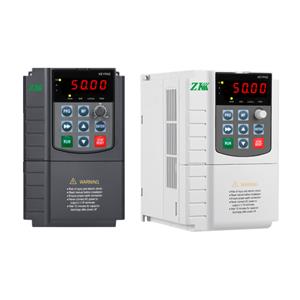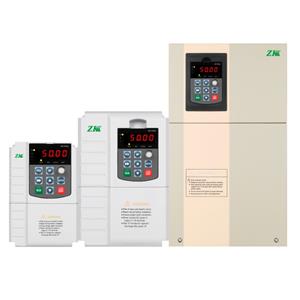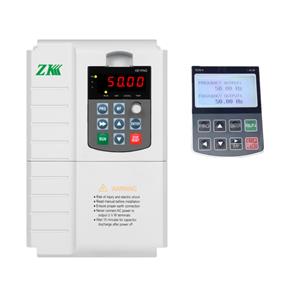Energy Management Strategy of Solar Pump Inverter
The integration of photovoltaic (PV) systems for the actuation of water pumps constitutes a sustainable and increasingly prevalent approach aimed at addressing the distribution and irrigation exigencies of water in geographically isolated and non-grid connected locales. Central to this technological assemblage is the PV-powered water pumping inverter, a quintessential apparatus responsible for the transmutation of the fluctuating direct current (DC) emanating from PV arrays into a consistent alternating current (AC) requisite for pump actuation. The implementation of sophisticated energy management protocols for PV-powered water pumping inverters is imperative for the refinement of the system's operational efficiency and dependability. We will now scrutinize the overarching guidelines and methodologies that underpin the energy stewardship of PV-powered water pumping inverters.
Predicated upon an understanding of the intrinsic intermittency and flux of solar power – subject to diurnal cycles, meteorological patterns, and seasonal shifts – the administration of PV-powered water pumping inverters calls for dynamic adaptation schemes that can accommodate solar input variability while assuring the delivery of necessary power to the pumping mechanism.
One eminent protocol involves the deployment of Maximum Power Point Tracking (MPPT) technology. MPPT algorithms are tasked with the perpetual surveillance of the photovoltaic module's voltage and current, adjusting the electrical impedance to optimize power output irrespective of extrinsic conditions. By sustaining operation at the zenith of the power curve, PV-powered water pumping inverters guarantee paramount efficacy and the optimal utilization of accessible solar power.
Moreover, the integration of battery energy storage systems (BESS) augments the resilience of the photovoltaic water pumping infrastructure. These storage units accrue surplus energy during zenithal insolation periods and dispense a uniform power supply to PV-powered water pumping inverters during intervals of diminished or absent sunlight. This stratagem not only assures consistent operating modalities but also prolongs the functionality of the pump beyond the temporal constraints of solar exposure, a crucial aspect for applications necessitating an unceasing water flux.
Predictive energy management algorithms and load balancing also occupy an instrumental position. Anticipatory calculations of solar irradiance, commingled with temporal modulation of the pumping regimen, empower PV-powered water pumping inverters to judiciously apportion energy resources over the course of the day. In scenarios like irrigation, where demand is neither instantaneous nor continuous, water can be relayed to a holding reservoir during periods of high solar yield and subsequently utilized in accordance with necessity.
Remote monitoring and control systems bestow upon operators the capacity to remotely refine inverter productivity. With analytical insights garnered from the ongoing examination of photovoltaic yield, pump functionality, and environmental conditions, PV-powered water pumping inverters adjustments can be enacted to enhance operational prowess without the imperative of physical presence. This capability is particularly advantageous for overseeing disparate solar pumping installations over extensive territorial expanses




